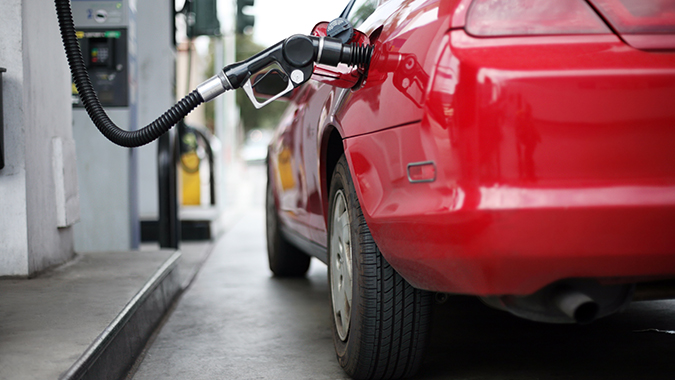Bolstered by consumer spending and growing business investment, the nation’s real gross domestic product (GDP) defied economic forecasts and increased at an annual rate of 2.4% in the second quarter, the U.S. Department of Commerce estimated on Thursday.
The Q2 real GDP data marked the fourth consecutive quarter of growth and exceeded the 2.0% GPD growth in the first quarter of 2023, according to the department’s Bureau of Economic Analysis (BEA). Real GDP is the value of all goods and services produced in the nation, adjusted for inflation, and is a key tool that economists use to assess the health of the economy.
Continued growth in real GDP during 2023 suggests the U.S. economy remains resilient even as the Federal Reserve Board has tightened monetary policy with a succession of interest rate increases. On Wednesday, the Fed raised the benchmark rate another quarter of a percentage point to a 22-year high.
The US BEA said the increase in Q2 real GDP reflected increases in consumer spending, business fixed investment, state and local government spending, private inventory investment, and federal government spending that were partly offset by decreases in exports and residential fixed investment. Imports, which are a subtraction in the calculation of GDP, decreased.
Compared to the first quarter, the acceleration in GDP in the second quarter primarily reflected an upturn in private inventory investment and a rebound in business fixed investment.
The increase in business fixed investment reflected increases in equipment, structures, and intellectual property products. The increase in private inventory investment reflected increases in both farm and nonfarm inventories, the US BEA said.
Although consumer spending on both goods and services increased in Q2, it did so at a slower pace than in Q1. Within services, the leading contributors to the increase were housing and utilities, healthcare, financial services and insurance, and transportation services. Within goods, the increase was led by recreational goods and vehicles, as well as gasoline and other energy.
Current-dollar personal income increased $236.1 billion in the second quarter, compared with an increase of $278.0 billion in the first quarter. Disposable income, which measures personal income minus taxes, increased by 5.2% in the second quarter, compared to 12.9% in Q1. Real disposable income, which takes inflation into account, increased 2.5% in the second quarter, compared with an increase of 8.5% in Q1.
Personal saving was $869.5 billion in the second quarter, compared to $840.9 billion in the first quarter. The personal saving rate — personal saving as a percentage of disposable personal income — was 4.4% in the second quarter, compared with 4.3% in the first quarter.
The U.S. BEA will release another estimate for second quarter GDP using more complete data on Aug. 30.




